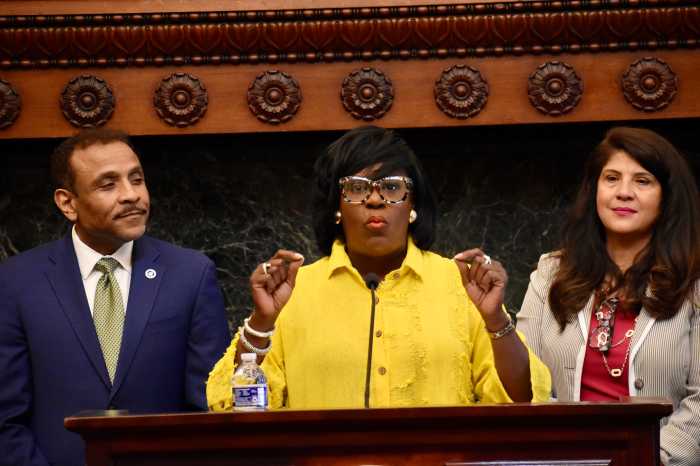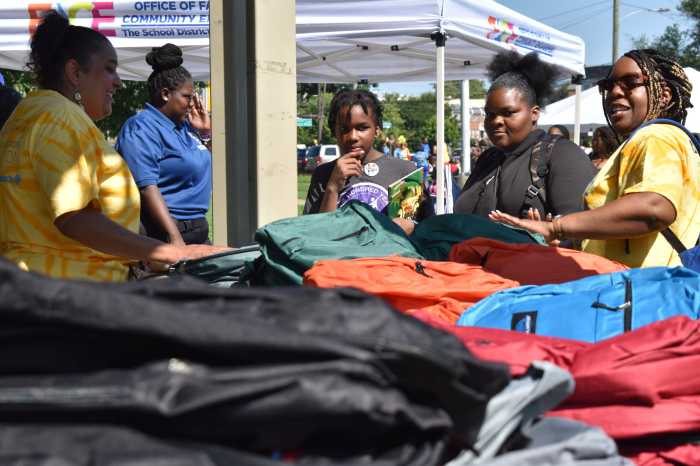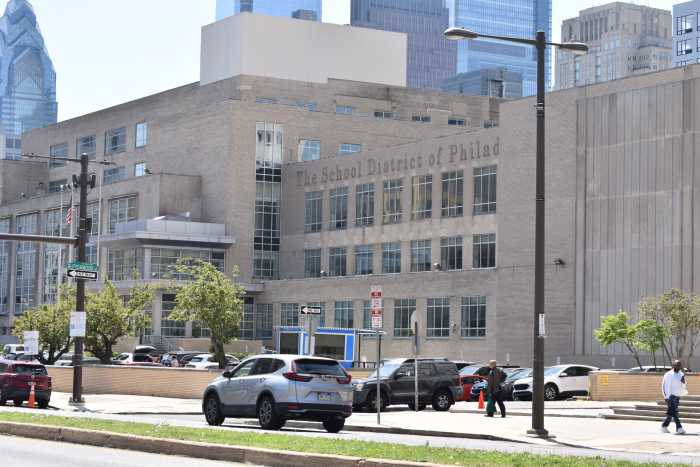Dozens of Philadelphia public schools that lack air conditioning closed early Tuesday and will do so again Wednesday due to high forecasted temperatures, disrupting the first week of classes for thousands of students.
Children are being dismissed three hours early at the 63 schools, officials said. A list of the affected schools is posted on the School District of Philadelphia’s website, philasd.org.
All other schools and district offices will operate on a regular schedule. More than 180 district and alternative schools are housed in buildings with an adequate cooling system, a district spokesperson said.
Administrators consider early dismissal when projections indicate it could reach 85 degrees by noon, while full remote learning can be instituted if a temperature that high is expected before 9 a.m., according to district policy. Superintendent Tony Watlington Sr. has committed to alerting families of weather-related closures at least 24 hours in advance.
Eagles Quarterback Jalen Hurts several months ago donated $200,000 to provide air conditioning in 10 district schools, and nearly 200 A/C units were installed in schools over the summer, Watlington said. He told Metro last week that seven of Hurts’ 10 schools are now being cooled. Work is still ongoing at the three remaining facilities.
Watlington joined U.S. Rep. Brendan Boyle, American Federation of Teachers President Randi Weingarten and other elected officials and union leaders at a news conference Monday to advocate for more funding to modernize school buildings.
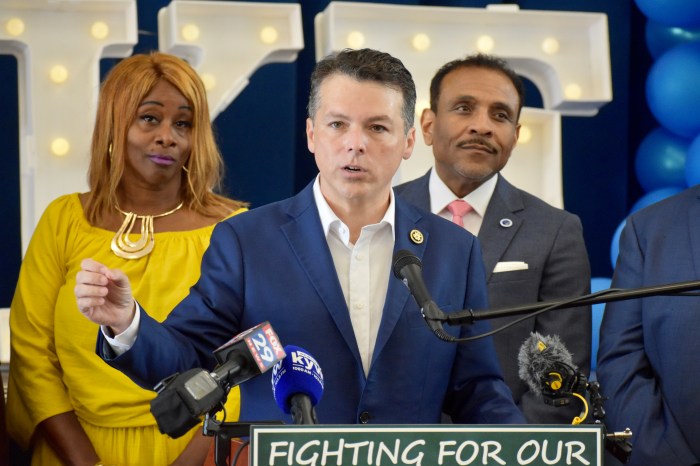
In the aftermath of a Commonwealth Court ruling that found Pennsylvania’s system of school funding unconstitutional for poorer districts, Gov. Josh Shapiro and state lawmakers agreed to a budget in July that significantly boosted K-12 education funding.
Philadelphia’s public schools are receiving an extra $232 million from the state, and district officials have said that money will offset expiring federal coronavirus relief funds.
A 2017 report estimated that the school system had $4.5 billion in deferred maintenance, and the average district building was constructed nearly 75 years ago.
“The reality is, it’s only Washington, D.C., that has those kinds of resources to meet the enormity of this challenge,” Boyle told reporters.
He said federal lawmakers and the White House need to extend their definition of infrastructure to include public education facilities, not only “roads and bridges and rail.”
If Democrats win the U.S. House of Representatives, Boyle is slated to become chair of the powerful budget committee. But he believes Congress could even take action on school capital funding before the end of the year.
“I’m going to make sure that this remains one of the highest priorities and does not drop off the agenda,” added Boyle, who currently sits on the influential Ways and Means Committee.
Watlington asserted that the district has been a good steward of federal dollars. The system received $1.1 billion from the American Rescue Plan Act, and used a portion of that money to tackle 61 capital projects, he said. Those initiatives included roofing replacements, HVAC upgrades, classroom renovations and asbestos remediation, according to Watlington.
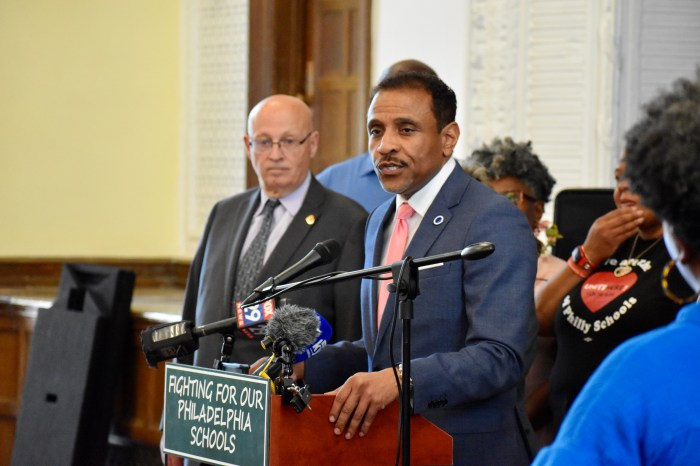
The first-day-of-school news conference was held at Thomas K. Finletter School in Olney – one of the 10 schools benefiting from Hurts’ donation. Classrooms inside the circa 1930 building are now air-conditioned.
However, the auditorium, where the dignitaries spoke, remains un-cooled, as do other common areas, including hallways and the cafeteria. Finletter Principal April Brown said she believes the school should be shuttered on hot days, but it is no longer on the district’s closure list.
“This building is not adequately fit to educate our young people in the 21st century,” said state Rep. Anthony Bellmon, whose district includes Olney.




